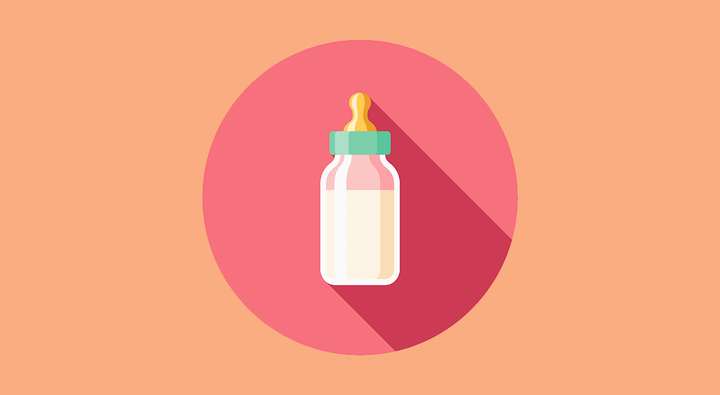
Brits are being exposed to “toxic chemicals” in the home, partly due to flame retardants that are widely used in furnishings – and these chemicals are making their way into women’s breast milk.
In a report, the Commons Environmental Audit Committee (EAC) warned that since the Furniture and Furnishings (Fire Safety) Regulations were introduced in 1988, many common flame retardants have been of “high concern”.
“Most people assume that they aren’t at risk from toxic chemicals but the reality is different,” said EAC chair, Mary Creagh. “Mums in the UK have some of the world’s highest concentrations of flame retardants in their breast milk, some of which have now been banned.”
Creagh accused the government of “sitting on its hands”, instead of changing regulations to ensure that the most toxic chemicals are taken out of use.
“We need to know the extent of people’s exposure to chemical contamination which is why we are calling for a biomonitoring programme across the UK,” she said.
Breast Cancer UK suggests the UK, along with the US, has the highest levels of flame retardants in human body fluids. Polybrominated diphenyl ethers (PBDEs) in breast milk in the highest concentrations in women here and in the US, it stated.
Commenting on the report, Dr Anna Watson, from CHEM Trust told HuffPost UK: ”It is shocking to think that hazardous chemicals are now so common in our environment that our children are born pre-polluted and these same chemicals are found in breast milk.
“As they are in products we use everyday, it is almost impossible to reduce our exposure to them by making lifestyle decisions. To be properly protected we need urgent action from the government to regulate the industry to make sure that they stop using hazardous chemicals that harm our health and replace them with safer alternatives.”
“We need to know the extent of people’s exposure to chemical contamination.”
Despite a review of the 1988 regulations ten years ago – and two consultations in 2014 and 2016 – the government has failed to change the rules.
The EAC has made a wide range of recommendations, including that the government should set ambitious targets for the reduction of chemicals in its forthcoming chemicals strategy; the labelling system for chemicals in consumer products should be reformed; and the industry should innovate and adopt safer alternatives to using chemical flame retardants in domestic furniture.
A government spokesman told The Telegraph: “The UK’s furniture safety requirements are the highest in Europe. We are committed to improving environmental outcomes and reducing toxicity but need to do so in a clear, well evidenced way which also improves fire safety.
“We are committed to publishing our response to the review of furniture fire safety regulations before recess to ensure the highest levels of safety are both maintained and improved.”